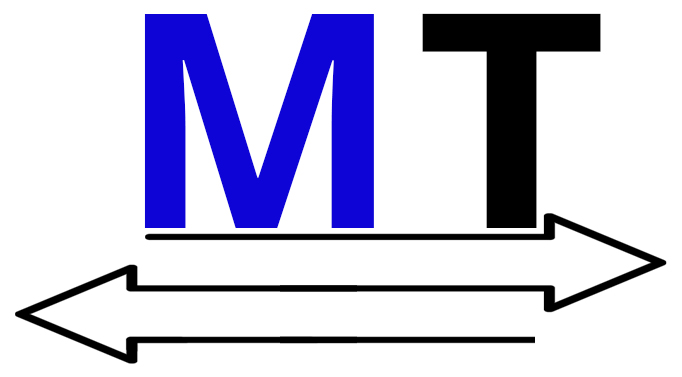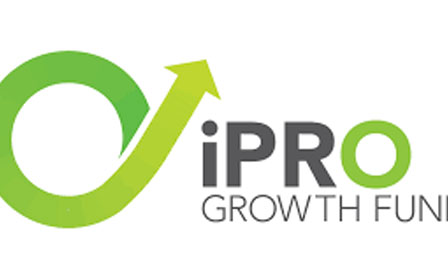The Stock Exchange Act 1988 established a formal stock exchange in Mauritius, operated and managed by the Stock Exchange of Mauritius Limited (SEM), a private limited company whose mission is to operate and promote an efficient, liquid, fair and transparent securities market. Control and supervision of the stock exchange operations are vested upon the Financial Services Commissions (FSC) under the Financial Services Development Act 2001.
The Stock Exchange operates two markets: the Official Market, a regulated market on which securities of some 40 listed companies are traded, and the Over-The-Counter Market, an unregulated market where securities of 80 companies are quoted. From a pre-emerging market with ten listed companies, a market capitalization of USD 254.7 million and a turnover of USD 5.9 million at the end of the first year of operation in 1989, the Mauritian stock market has emerged during the previous decades as one of the leading small markets of the African continent from an operational, technical and regulatory standpoint.
The main participants on the stock market comprise 11 stockbroking companies that are licenced by the FSC. Brokers and their dealers must pass a qualifying examination and satisfy such eligibility criteria as laid down by the Exchange. Other conditions, such as the imposition of a minimum paid-up capital and a personal guarantee immediately upon being licenced have to be met. All stockbrokers are required to adhere to the Rules of the Stock Exchange and a Code of Conduct for guidance as to the conduct of business by stockbroking companies.
Two main indices track the evolution of the prices of securities listed on the Official Market namely the SEMDEX and SEM-7. The SEMDEX is an index of the prices of all listed stocks, where each stock is weighted according to its share in the total market capitalisation. In March 1998, the SEM launched the SEM-7, an index comprising the seven largest eligible shares of the Official List, measured in terms of market capitalisation, liquidity and investability. The SEM-7 has been designed to meet international standards and provide an investable benchmark for domestic and foreign market participants. A Total Return Index, SEMTRI, was launched in October 2002 to enable investors to capture both capital gains and dividends generated by listed companies.








